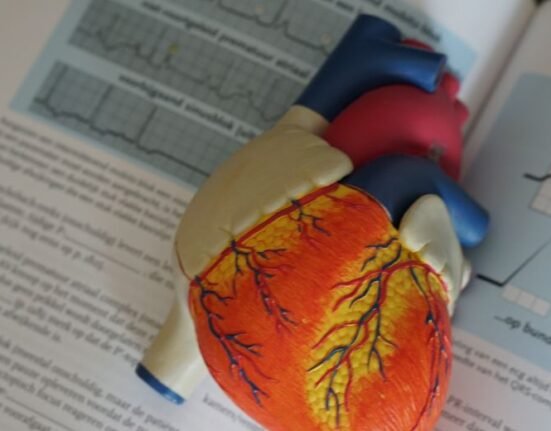HQ Team
August 26, 2023: Technology is an insidious part of our lifestyles, especially for the younger generation, which learns to hold a tech gadget much before they start walking. A new study presented at the ESC Congress 2023 says that hours of inactivity during childhood could be setting the stage for heart attacks and strokes later in life.
This research was part of the renowned Children of the 90s Cohort Study, initiated in 1990/1991. The study tracked over 766 participants from childhood to young adulthood.
The research focused on the impact of smartwatch-monitored sedentary time, and found a connection between youthful behavior and future cardiac outcomes.
The participants began wearing smartwatches equipped with activity trackers from the age of 11, which monitored their movement patterns for seven days. This monitoring was repeated at ages 15 and 24, providing a longitudinal perspective on sedentary behavior trends. Furthermore, heart health was assessed through echocardiography at ages 17 and 24, with a specific focus on the weight of the left ventricle, adjusted for height.
The study factored in a range of influencing factors such as age, sex, blood pressure, body fat, smoking habits, physical activity levels, and socioeconomic status.
Concerning results
The results painted a concerning picture of the evolution of sedentary habits over time. During childhood, participants were sedentary for an average of 362 minutes a day, which escalated to 474 minutes during adolescence (15 years of age), and a staggering 531 minutes during young adulthood (24 years of age). This revealed an increase of 169 minutes, or roughly 2.8 hours, of daily inactivity from childhood to young adulthood.
Study author Dr. Andrew Agbaje of the University of Eastern Finland, Kuopio, Finland.Agbaje said: “Children were sedentary for more than six hours a day and this increased by nearly three hours a day by the time they reached young adulthood. Our study indicates that the accumulation of inactive time is related to heart damage regardless of body weight and blood pressure. Parents should encourage children and teenagers to move more by taking them out for a walk and limiting time spent on social media and video games. As Martin Luther King Jr. once said, ‘If you can’t fly, run. If you can’t run, walk. If you can’t walk, crawl. But by all means keep moving.’”
Of particular significance was the correlation discovered between increased sedentary time and left ventricular mass, an indicator of potential cardiac issues. For each additional minute of sedentary behavior from ages 11 to 24, there was an associated increase of 0.004 g/m2.7 in left ventricular mass between ages 17 to 24. When extrapolated to the observed increase in inactivity, this translated to a daily rise of 0.7 g/m2.7 – equivalent to a 3-gram increase in left ventricular mass for the average height gain.
Previous research in adults had established that a similar rise in left ventricular mass (1 g/m2.7) over a span of seven years was linked to a twofold escalation in the risk of heart disease, stroke, and mortality.
Dr. Agbaje emphasized, “Our results emphasize the need for early intervention and lifestyle adjustments to promote physical activity and reduce sedentary time among young people. This could have far-reaching effects on their cardiovascular health as they transition into adulthood.”








